Strobe tests: Inon Z330, Retra Flash and Symbiosis SS2
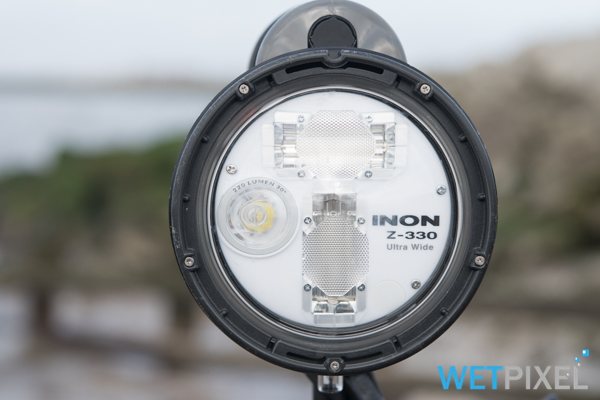
Inon Z330
Inon’s specifications for this strobe are as follows:
GN 33
Beam Angle: 110°
Color Temperature: 5500°K
TTL: S-TTL (Low option) via electrical and optical (Sea&Sea 5 pin)
Triggering: Optical or electric (Nikonos 5 pin)
Battery life: 280 flashes
Recycle time: 1.6s
Diffuser: 5400°K.
Underwater weight: -48g
Inon has a long established pedigree for building strobes. It is true to say that their progress has been evolutionary and from this, they have built up a wealth of experience nd knowledge.
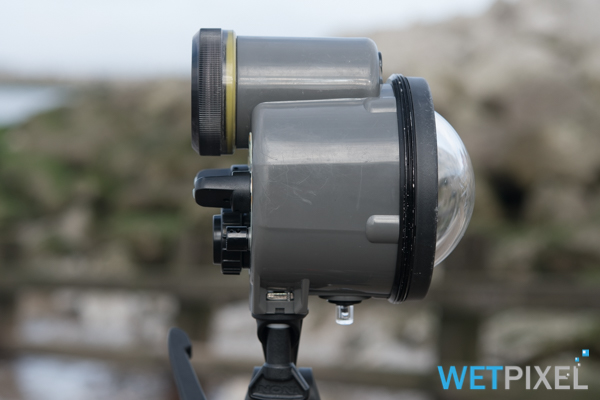
The Z330 utilizes the same polycarbonate resin construction, body design and layout as the Z220/240. For macro use, this allows them to be tucked in front of the housing handles and along the port.
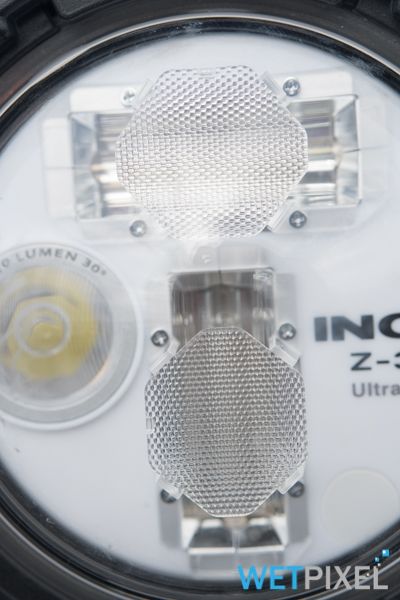
The Z330, in common with its predecessor Z240, have T shaped flash tubes. This consists of 2 straight tubes at right angle to each other.
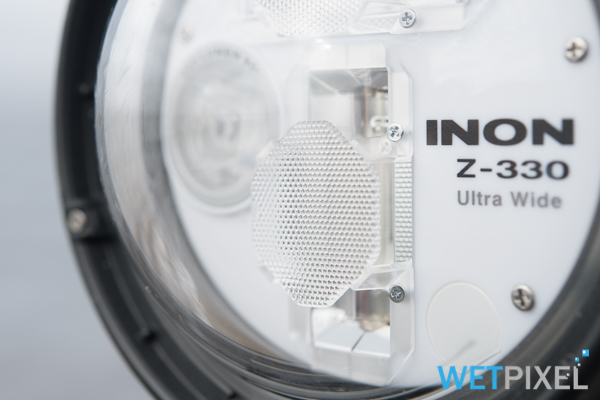
A significant difference is the addition of what looks like a fresnel lens over each tube. These have been combined with a dome lens, which helps spread the beam of light.
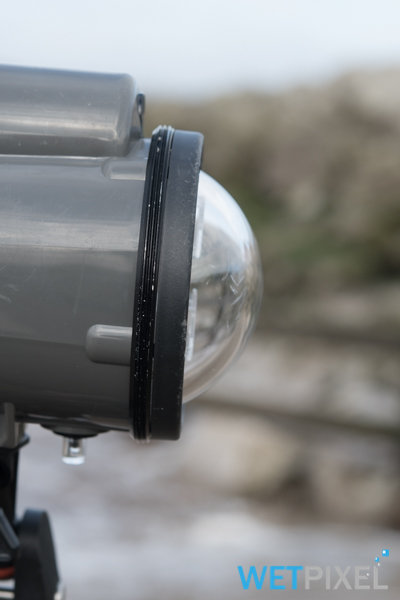
It is important to note that being able to control the spread of light is very important in lower visibility. “Spraying” light arounds makes controlling backscatter much more difficult. To address this, Inon have bundled a “Strobe Light Shade” with the Z330 that can be rotated to cut out a part of the strobe’s output.
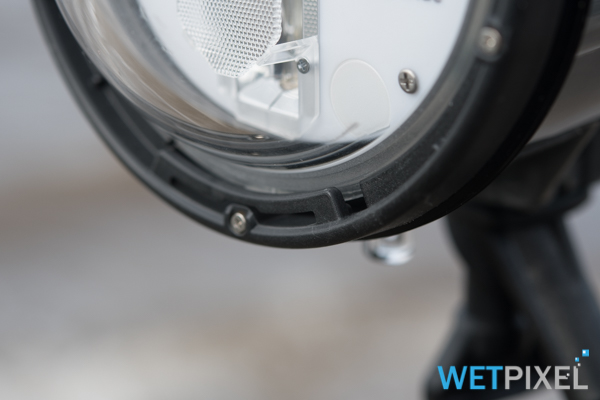
Using multiple tubes does allow these strobes to produce more power, but also means that they produce more heat. To counteract this, Inon have added a circular heat sink that carries the heat away from the tubes and electronics.
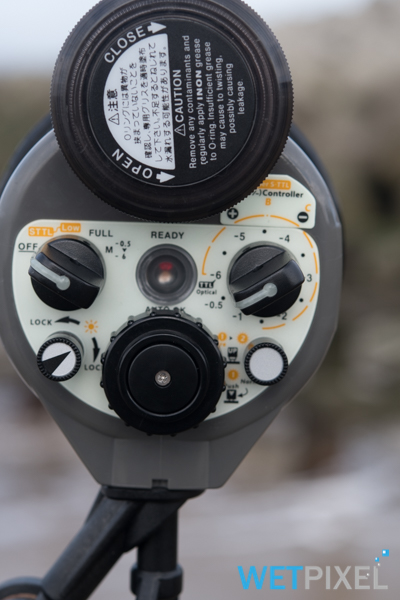
Inon’s controls are fairly non-intuitive. There are two dials, along with two push buttons. The Z330 has a left hand dial that controls its mode, while the right hand controls power. The left hand button activates the integrated 220 lumen aiming light and the right the pre-flash cancellation circuit. Both buttons can be locked into the “in” position.
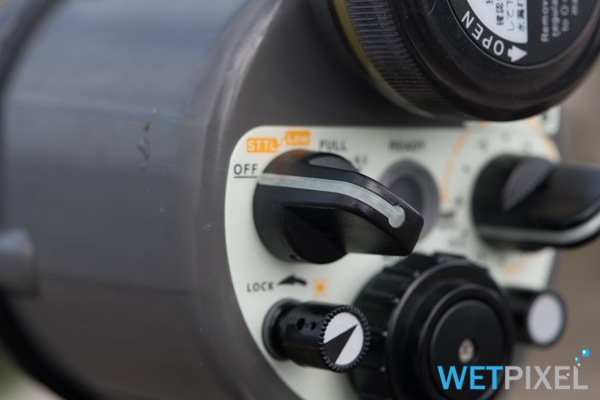
Unlike the Z240, the Z330 has (much better) extended dial controls that can be used with gloves on. The mode dial has had the “Auto” section removed and the “Manual” setting is now the last position. In addition, the power selector now has a “stop” at both minimum (-0.5) and maximum (-6) power settings.
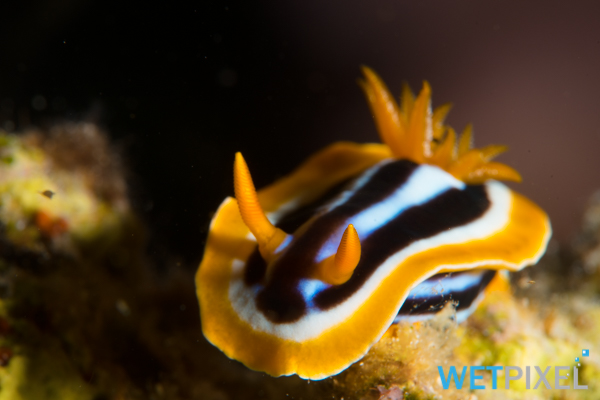
The controls are surrounded by a luminous “glow in the dark” backing to help view the controls in darkness. I found that I still had to use my focus light to access controls at night.
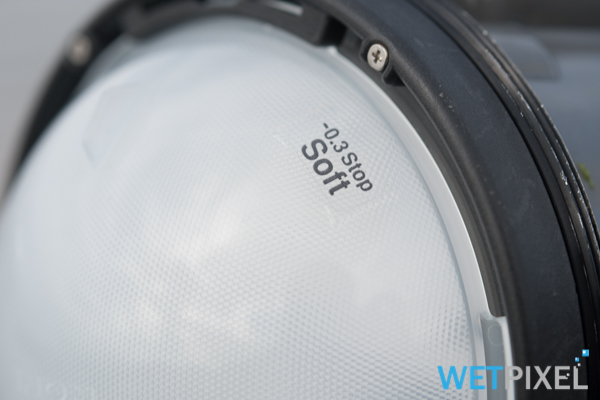
Inon has improved the diffuser attachment method. The Z330 has a bayonet style attachment. Currently the strobe is supplied with a dome diffuser with fresnel type pattern that softens (and spreads) the strobe’s output, at the cost of -0.3 of a stop of power.
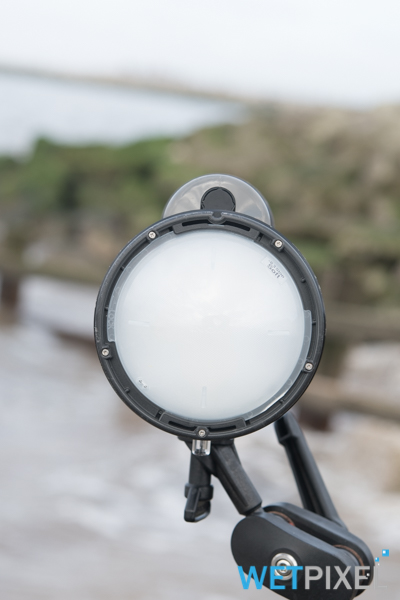
Inon quotes a 100°K reduction in color temperature when it is used too.
During the course of our testing, I have fired these strobes over 3500 times and they have never not triggered (except when I have deliberately tried to cycle them too fast.)
My testing was undertaken using a Seacam housing with a UWTechnics TTL opto-electrical converter. Firing was all via optical connections.
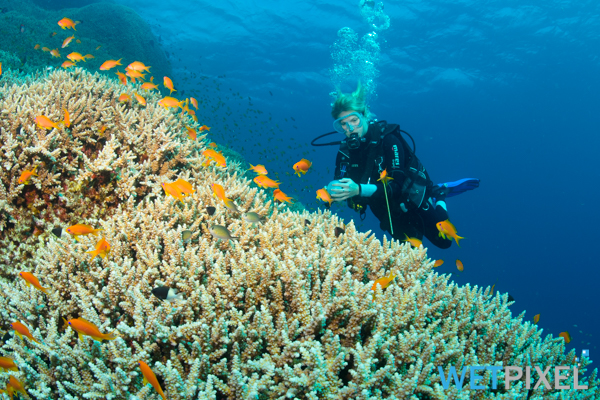
This combination was able to provide accurate TTL exposures, with the provisos that I mentioned in the preamble.
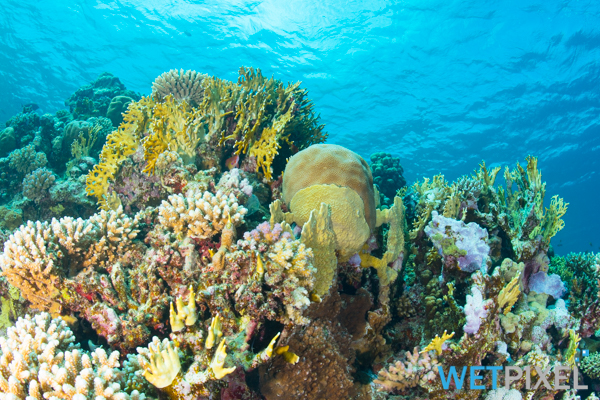
In terms of power, it provides around a stop of extra power over the Z240. Beam angle is around 10° wider.
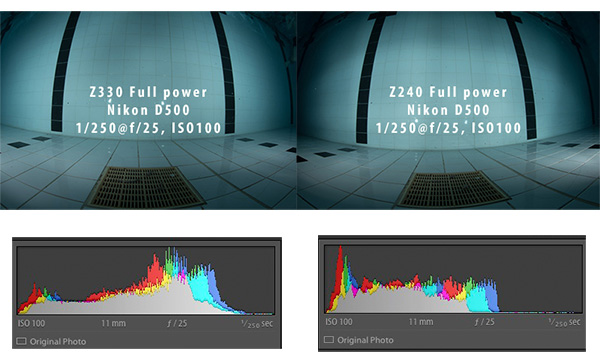
Recycle times are as quoted in the specifications. Perhaps more pertinently, at half power, the strobe was able to shoot at 4 frames per second pretty much continuously (with fresh batteries). Similarly, our testing shows an average of 236 shots per set of batteries (Eneloop Pro).
The battery duration testing was carried out by cycling the strobe at full power in a bucket of water as quickly as was possible. This was done repeatedly to get a series of results. At no point did the Z330s feel warm to the touch.
- Introduction.
- Strobe Fundamentals.
- Inon Z330.
- Retra Flash.
- Symbiosis SS2.
- Test results and conclusion.